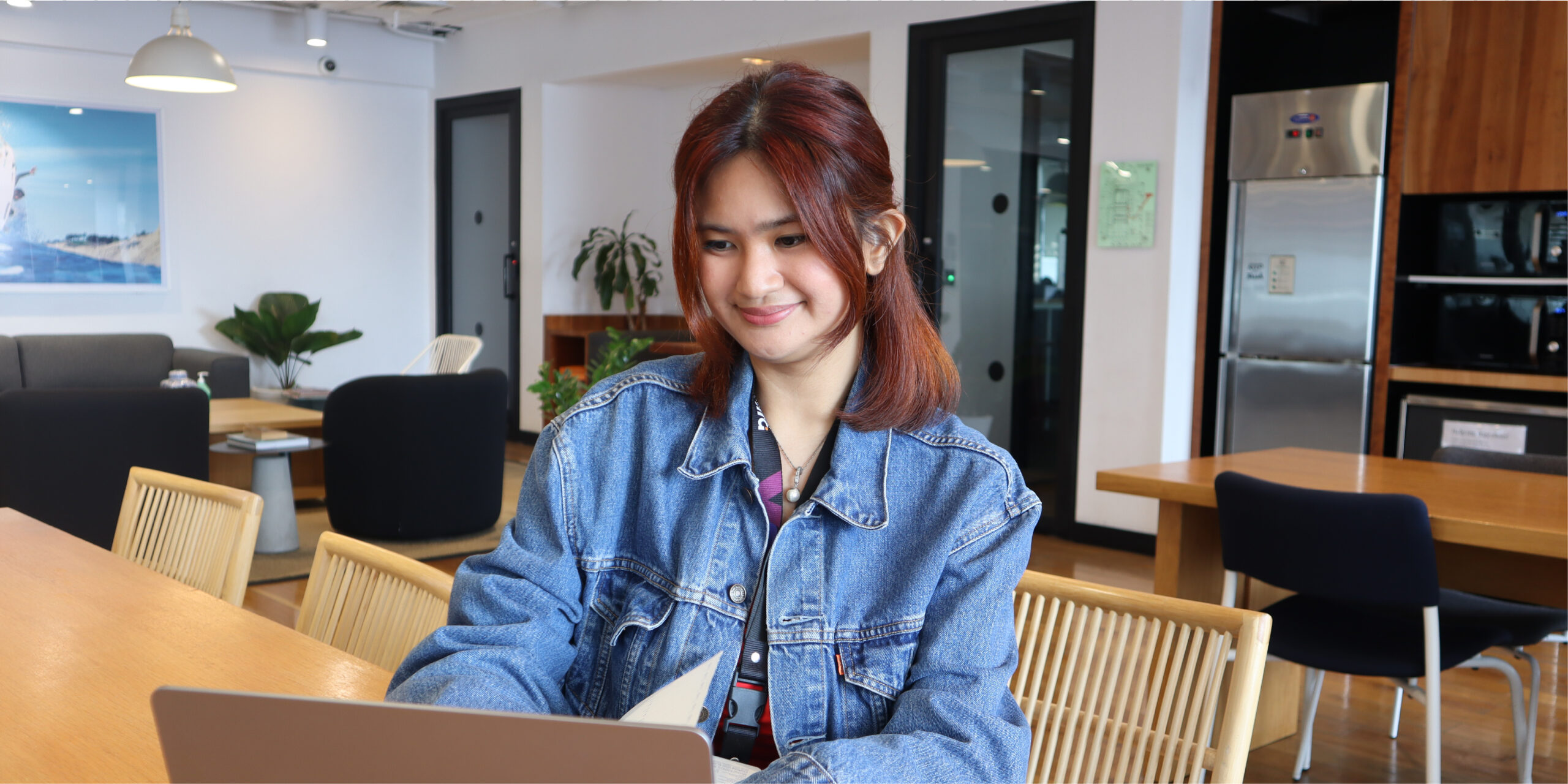Key takeaways:
- Managing five generations in one workplace is no longer rare but it’s the new reality of 2025.
- Gen Z brings curiosity, tech fluency, and a hunger for mentorship, while older employees offer stability, experience, and perspective.
- The pandemic reshaped expectations: younger workers value flexibility with connection, while many senior employees need upskilling to stay competitive.
- Employers who focus on outcomes instead of age, encourage two-way mentorship, and create clear communication norms will reduce friction across teams.
- Offering flexible benefits based on life stage, not generation, builds loyalty and keeps talent engaged longer.
- Connecting everyday work to purpose strengthens motivation for all ages and drives long-term retention.
Multigenerational teams, when managed intentionally, transform from potential conflict points into powerful engines of innovation and resilience.
Bottom line:
Leaders who embrace generational diversity in 2025 will unlock stronger collaboration, deeper loyalty, and a future-ready workforce.
For the first time in history, there are up to five generations working side by side, from Gen Z just starting their careers to Baby Boomers with decades of experience. Each group brings its own strengths, habits, and expectations shaped by the world they grew up in. Whether that’s the rise of the internet, the challenges of global recessions, the upheaval of the pandemic, or a career spent in traditional office environments.
In 2025, managing this mix is one of the biggest opportunities for employers, but it can also be one of the trickiest. If handled well, a multigenerational workforce becomes a powerhouse of innovation, resilience, and creativity. On the other hand, if managed poorly, it can quickly spiral into friction, miscommunication, and disengagement.
Why This Matters More Than Ever
- Gen Z is growing fast. They already make up over a quarter of the workforce and are hungry for learning, mentorship, and meaningful work.
- Older workers are staying longer. Many are extending their careers, but employers often underinvest in their training. In 2023, only a third of workers aged 60–65 received training compared to more than half of those aged 25–44.
- The pandemic reshaped expectations. Younger employees in particular want flexibility, but not isolation. Gallup found Gen Z is less likely to prefer fully remote work compared to older colleagues, because they see in-person time as critical for learning and connection.
- Values drive decisions. Millennials and Gen Z look closely at an employer’s stance on flexibility, wellbeing, and social impact, and they won’t hesitate to walk away from roles that don’t align.
So, it’s clear. You can’t lead every generation in the same way. But you also don’t need to play into stereotypes. The goal is to create systems where everyone feels seen, supported, and able to succeed.
Practical Strategies for Managing Multigenerational Teams
1. Focus on outcomes, not age.
Instead of trying to manage people based on how you think their generation should work, focus on what really matters, which is outcomes. Set clear goals, and let employees shape how they get there. A veteran employee might prefer long focus blocks, while a younger teammate thrives with fast-paced collaboration. Both approaches are valid as long as the result is strong.
You can try to rewrite two team goals as outcome-based (like customer satisfaction or project delivery speed) instead of activity-based.
2. Make mentorship a two-way street.
Mentorship shouldn’t be one-directional anymore. Yes, experienced employees have wisdom to share. But reverse mentoring, where younger employees teach new tech skills, AI hacks, or creative approaches, levels the playing field and creates mutual respect.
Consider pairing people across generations for a 90-day pilot. Ask each duo to meet twice a month and share one skill or insight from their perspective.
3. Set clear communication norms.
One of the biggest sources of frustration comes from communication differences. Some team members prefer detailed emails, others thrive on quick chat messages or async video updates. Without ground rules, things get messy fast.
Draft a one-page “communication guide” for your team. For example: chat for quick asks, docs for decisions, meetings for brainstorming, and protect no-meeting hours for deep work.
4. Design benefits by life stage, not generation.
Forget assuming what someone values just because of their age. Instead, give employees a menu of options. Younger staff might appreciate career growth stipends, while later-career employees might prefer phased retirement or targeted upskilling.
Redirect part of your learning and development budget to offer “reskilling for all ages,” with programs in digital tools, AI, and modern collaboration skills.
5. Connect work to purpose
Purpose matters, especially to Millennials and Gen Z, but it inspires older employees too. Purpose is about showing how daily work connects to something bigger, whether that’s customer outcomes, sustainability, or community impact.
Add a “why this matters” section to every project brief or kickoff meeting. Context is important.
How Filta can help
At Filta, we’ve seen how multigenerational differences can either divide teams or make them unstoppable. Our role is to help leaders turn differences into strengths, so businesses thrive, and employees feel supported at every stage of their careers.
For Employers
- We match the right talent to the right outcomes across global talent pools in the Philippines, Colombia, and beyond, so your team is set up to succeed from day one.
- We provide practical guides to leaders through inclusive communication. This means fewer frustrations and stronger performance.
- We embed continuous learning and collaboration, helping businesses stay competitive and reduce costly turnover.
For Employees
- Whether it’s AI training for seasoned professionals or onboarding programs that help Gen Z adapt to global teams, we give people the access and tools to grow.
- We don’t just place people in jobs. We support them with resources and expertise so they can succeed, feel valued, and see a long-term future with their employer.
As our Co-Founder and CEO, Efren Chaux says:
“We can help educate, empower, guide, and support this new generation of professionals to adapt and succeed in a changing world of work.”
Takeaway
A multigenerational workforce is a powerful opportunity. Each generation brings something unique to the table, from fresh ideas and technical skills to lived experience and steady leadership. When employers design systems that respect these differences, focus on outcomes, encourage mentorship, set clear communication norms, and provide benefits that fit different life stages, the result is stronger collaboration and lasting loyalty.
No single generation has all the answers. But together, they can build workplaces that are innovative, resilient, and ready for the future.
Filta is here to help make that happen. We connect businesses with global talent and help create environments where employees of every age can thrive. When people feel valued and supported, companies do more than survive.
The takeaway is clear: companies that embrace their multigenerational workforce in 2025 will be the ones leading with innovation, adaptability, and purpose in the years ahead.
For practical strategies to help your multigenerational team thrive, head to filtaglobal.com





